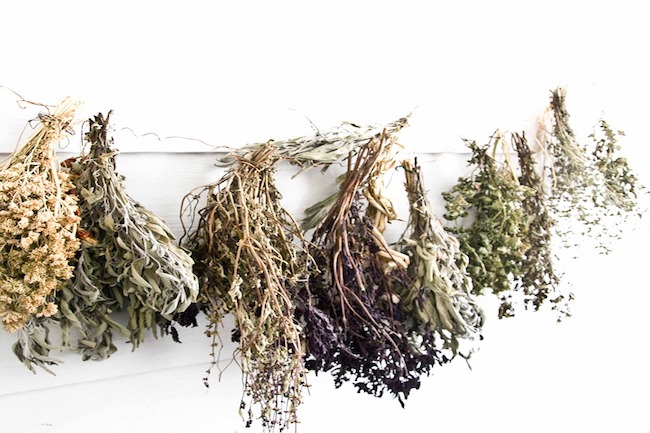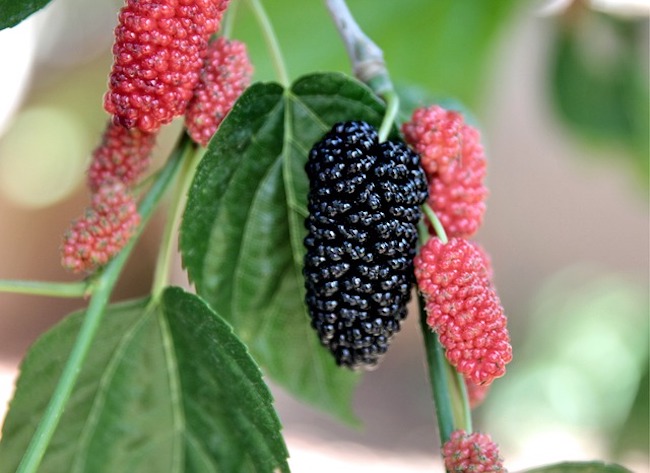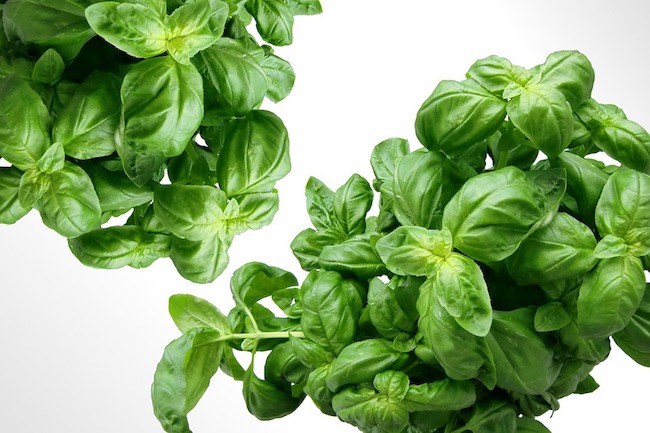7 Forgotten Plants The Native Americans Used For Medicine by: Steve Nubie for Off The Grid News
My great-grandmother was an Ojibway Indian. They’re a tribe from Canada, and their Native American cousins were the Cherokee. She and my great grandfather were highly self-sufficient, as she often used herbs and plants from nature for a variety of reasons.
There was a time in our history when nature was the pharmacy. Over generations, Native Americans discovered cures and treatments for various ailments by accident and tradition. Most herbs were used as an infusion in a tea, but some were pulverized and applied directly to the skin. Here are seven “forgotten ones” that may be growing in your backyard or a meadow near you:
1. Sage
Sage grows wild across many parts of the Great Plains and the southwest. It is commonly used in cooking. Sage is actually the dominant flavor note in dishes like bread stuffing and poultry. It also has medicinal qualities.
Native Americans made an infusion of tea from sage leaves to treat indigestion and sore throats, coughs and fever. An extract made by crushing the leaves also can heal the skin as a treatment for burns and chafing. It has powerful antibacterial and astringent properties, as well.
2. Yarrow
The yellow plant, Yarrow, was commonly used by Native Americans to stop bleeding. The feathery nature of the plant, plus its chemical properties, encourage clotting. It also has anti-spasmodic and anti-inflammatory benefits and was sometimes taken as a tea to relieve indigestion.
3. Black cohosh
You don’t hear a lot about black cohosh, but Native Americans used the roots used as a cough remedy. It also was referred to as the woman’s friend for its estrogenic properties and its ability to relive arthritis and menstrual cramps. It was typically brewed as a dark tea.
4. Feverfew
As the name implies, this herb relieves fever. The herb was a pain reliever for headaches and migraines. It has a mild tranquilizing effect. The leaves or flowers were typically chewed rather than infused because it makes for a particularly bitter tea. It has anti-inflammatory benefits and was used to relieve arthritis.




